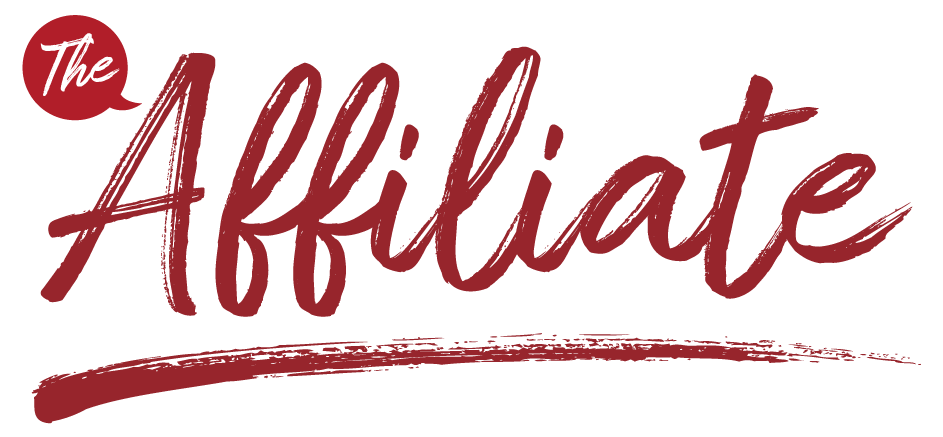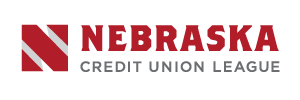By Opal Tomashevska and Kwame Smith
Credit unions are making steady progress in the pursuit of greater diversity on boards and in C-suites. There is still room for improvement, of course, and it’s encouraging to see the many different leaders rolling up their sleeves to help credit union executives diversify their top talent.
Succession plans are becoming a popular area of focus for the experts who are collaborating with credit unions on diversity, equity and inclusion (DEI) advancement. After all, executives and board volunteers move on. To continue to reap the benefits of diverse leadership, credit unions must be prepared to backfill with fresh, and equally diverse, perspectives.
Strategically diversifying an organization’s up-and-comers takes intention and mindful changes to hiring practices and internal operations, not to mention attraction and retention programs. Here are a few of the approaches credit unions can implement as they apply the principles of DEI to leadership continuity.
CULTURE AUDITS
Having a reliable, well-supported culture of belonging and inclusion is foundational to attracting multicultural talent at all levels of an organization.
While credit unions have an innate advantage in the competition for empathetic, compassionate talent, simply hiring great people with awesome soft skills does not guarantee the credit union’s culture will follow suit.
Starting with a culture audit is an effective way to ensure a credit union’s “unwritten rules” align with DEI values. These projects work to identify and patch gaps between existing and desired states of cultural attributes like values, attitudes and practices.
Culture audits have a place in every organization, whether the culture is well-established or just coming into a new version of itself thanks to the injection of fresh perspectives. When accompanied by a personalized educational event, like the on- site TruStage Activator Session, it’s easier to put insights from the audit into action.
EMPLOYEE RESOURCE GROUPS (ERGS)
Voluntary, employee-led groups, ERGs’ purpose is to promote inclusivity within a workplace. Credit unions, which are highly regulated institutions, will appreciate the evolution that ERGs have experienced over the past several years. Today, it’s not unusual to find well-organized ERGs operating under their own rules for governance, mission statements and strategic plans.
To realize the recruiting power of well-run and effective ERGs, it’s important for credit unions to support external engagement. Providing time off for ERG participants to volunteer at community events or to take the podium at a relevant conference are just two approaches credit unions can take to promoting their ERGs to high-value candidates.
PERSONALIZED BENEFIT PACKAGES
Employee benefits are critical retention assets, not only for current department heads, but those rising in the ranks below. Emerging leaders who see the credit union’s commitment to personalized experiences may be more likely to stick with the organization for the long term. That, in turn, increases the chances that leadership continuity plans will play out as designed.
Hands down, the best way to ascertain what’s important to any credit union executive is to ask. That said, unless leaders know the right questions to ask, the strategy is a non-starter. Complicating matters is that some people have a difficult time asking for what they want, or even knowing what they want. For this reason, it is incumbent on credit unions to increase their awareness of the many different attitudes, values, motivations and beliefs that exist across diverse leadership segments.
Hosting internal workshops and learning sessions, such as the TruStage Inclusion Institute, for key decision-makers is an increasingly popular strategy for credit unions. These events—which can be highly emotional and moving for participants—help decision makers understand and have compassion for the different experiences of multicultural employees. This, in turn, prepares them to ask empathetic and educated questions of their multicultural executives as they design responsive benefits packages that resonate.
Achieving greater diversity and inclusion in credit union leadership is a journey. It’s inspiring to witness the milestones reached by both large and small credit unions alike. The active creativity and steady commitment to advancing DEI demonstrates a collective dedication to an equitable future for the people who drive the industry’s purpose forward.
Opal Tomashevska is director of multicultural business strategy for TruStage. ![]() Kwame Smith is executive benefits specialist for Cuna Mutual Group/TruStage. They can be reached at Opal.Tomashevska@trustage.com and Kwame.Smith@cunamutual.com.
Kwame Smith is executive benefits specialist for Cuna Mutual Group/TruStage. They can be reached at Opal.Tomashevska@trustage.com and Kwame.Smith@cunamutual.com.


